DARPA Seeks Brain-Machine Communication Systems for Active Service Robots
DARPA has recently launched a program to accelerate the development of functioning brain-machine communication devices. To see how far such technology has come, and the problems yet to be resolved, let’s firstly take a short historical tour to see how brain activity is currently measured.
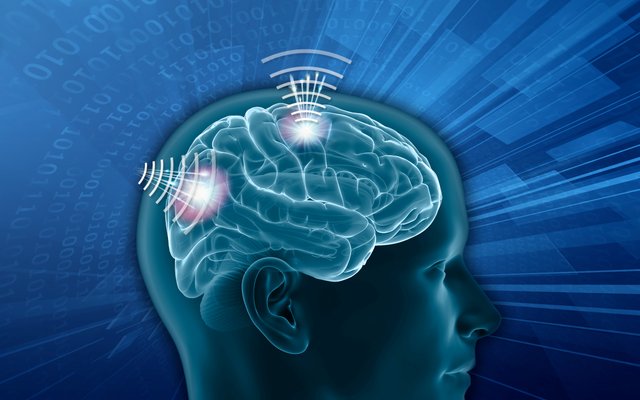
The EEG (Electroencephalography) monitor is now a standard piece of hospital equipment that measures the brain’s electrical activity. The first human EEG recording was made in 1924 in Germany, and the first EEG laboratory opened in 1936 at the Massachusetts General Hospital. As explained in the video, the EEG electrodes measure the electrical discharges that take place as ions flow during synaptic discharges. However, an EEG electrode is not sensitive enough to measure, or even locate, individual such discharges, rather it measures when many neurons fire together thereby creating a synchronous wave of enough power to be detected. This small fact also suggests that the very geometry of the brain is an important factor in how signals can be transmitted between regions.
Concepts such as brainwaves and REM sleep come from EEG research. For example, delta waves are synchronized at about 0.5 to 2 Hz and are associated with slow-wave sleep, more commonly experienced as deep dreamless sleep. In contrast, beta waves have a range of 12.5 to 20 Hz and are associated with mental focus and activity. The link between rapid eye movement (REM) during sleep and dreams was first published in a 1953 article. Note that such brain frequencies may define broad states of mind but that specific experiences will be encoded within other frequencies superimposed on these. Research on how the brain stores and retrieves information is on-going.
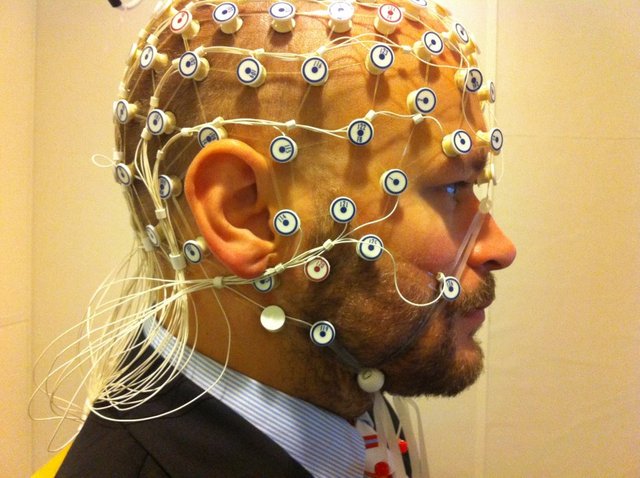
MRI (magnetic resonance imaging) scanners use a different technique to EEG and measure the increase in blood flow to a brain region when it is most active using a strong magnetic field and radio wave pulses. The images have good spatial resolution and the enhanced fMRI also shows temporal changes thereby illustrating how different brain regions coordinate with each other to produce a seemingly unitary experience. However, the speed of fMRI is in the order of seconds and hence too slow to see neurons firing in real time. It is also not possible to communicate with the neurons as the technique does not interact directly with them. Other diagnostic techniques such as CT and PET scans use ionizing radiation and hence humans are limited to brief exposure times.
There is also a technique known as intracranial EEG (iEEG) or Electrocorticography (ECoG) whereby the electrical signals are taken from the surface of the brain or on the inner side of the skull. This is obviously a highly invasive technique in that the electrodes need to be inserted through the skull, but the signals produced are much clearer, showing complex activity with a temporal resolution down to about 5 ms. Thus the skull is not just a crash-helmet for the brain but is also an electrical insulator helping keep your private thoughts private. Considered as a first-generation device, the EEG continues to have limitations in terms of spatial resolution and hence also to stimulate specific areas of the brain with electrical signals from the outside. However, in terms of the physics, new experimental techniques are more sophisticated versions of the EEG.
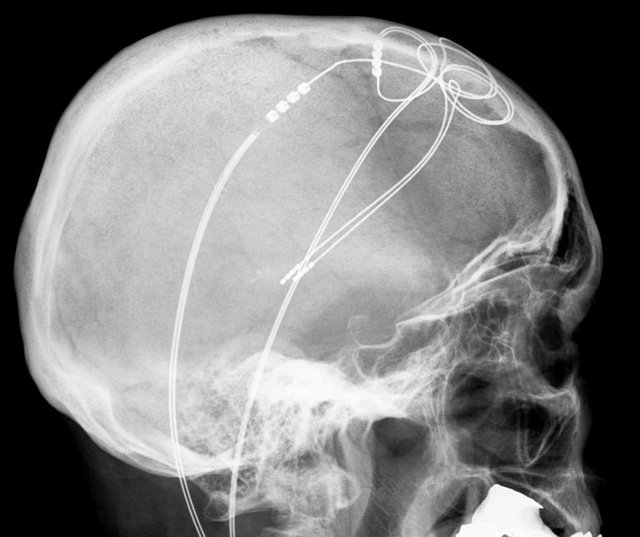
The challenge is to detect brain signals in such a way as to overcome the attenuation in signal strength both through the brain and the skull and to interpret the information carried by that signal. DARPA’s Biological Technologies Office (BTO) has created a new program known as Next-Generation Nonsurgical Neurotechnology (N3). The brief is worth quoting as is quite specific. “The envisioned N3 technology breaks through the limitations of existing technology by delivering an integrated device that does not require surgical implantation, but has the precision to read from and write to 16 independent channels within a 16mm3 volume of neural tissue within 50ms. Each channel is capable of specifically interacting with sub-millimeter regions of the brain with a spatial and temporal specificity that rivals existing invasive approaches. Individual devices can be combined to provide the ability to interface to multiple points in the brain at once.”
The demand is that communication is two-way; for the human, this may well be more immersive than mere virtual reality, the brain will have to experience the perceptions of the remote machine. We seem to be converging towards a world such as depicted in William Gibson’s Neuromancer, where humans are able to interact with software at an experiential level. To see how truly challenging such specifications are compared to the current published science, note that existing deep brain stimulation techniques, such as from Boston Scientific, involve the surgical insertion of electrodes within the brain. DARPA has already contracted six teams to move the research forward. Let us take a quick look at some of the methods being investigated.
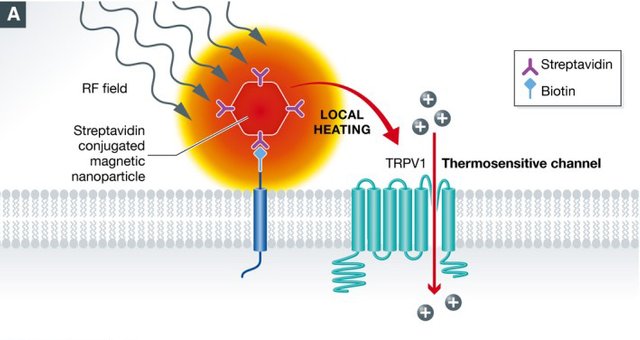
The Teledyne team is using “micro optically pumped magnetometers to detect small, localized magnetic fields that correlate with neural activity.” Such magnetometers consist of a gas of an alkali metal that is optically heated (or pumped) at precise frequencies that make them sensitive to the magnetic fields being measured. Such devices are now sensitive enough to measure the very weak magnetic fields emitted by the brain and have advantages over SQUID (superconducting quantum interference device) magnetometers as they do not need to be cryogenically cooled.
In contrast, the Carnegie Mellon University team, under principal investigator Dr. Pulkit Grover, is exploring an acousto-optical technique, and their press release includes an interesting video explaining their work. They combine ultrasound and an optical signal in the near-infrared to both stimulate and sense neuronal activity using an acousto-optic modulator. Piezoelectric materials, such as quartz, change their resistance under pressure but also change their optical properties. If such a crystal is vibrated using ultrasound it can be used to measure the incoming optical waves using diffraction. One advantage of such devices is that they have very fast response times. One major problem with all sensing devices is that the signals being measured disperse significantly as they travel through both the brain tissue and the skull.
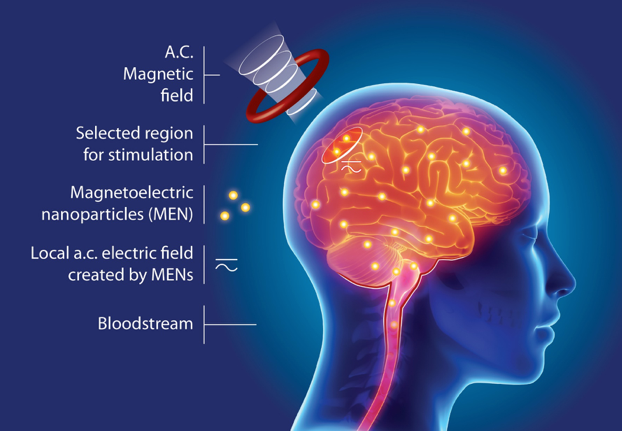
Some teams are seeking to overcome such problems by using “mildly invasive” techniques. The Rice University team will enable the write function by using a “magneto-genetic approach to make neurons sensitive to magnetic fields.” This new field of magneto-genetics is mildly invasive in that it firstly involves genetically engineering one of the proteins in the brain to make it sensitive to magnetic fields. The applied magnetic field travels through the brain tissue with less dispersion than an optical signal and the response rate of the protein is in line with the required reaction speeds. Instead of using genetic engineering, the Battelle team is investigating "a minutely invasive interface system that pairs an external transceiver with electromagnetic nanotransducers that are nonsurgically delivered to neurons of interest.” The advantage here is that the same technology is used for communicating in both directions, however, this also means delivering the nano-machines through the blood-brain barrier and, one hopes, they will not be there permanently.
From the outlines above, it should be obvious that all the different approaches can be placed in the general field of biophysics. The use of physics to investigate biological systems is an interdisciplinary science that is growing in scope and importance. Very few scientists are trained in all the specialist fields, hence teams with overlapping skills are crucial. DARPA funding will enable these teams to accelerate their research. Moving beyond simulations and proof of concept experiments their aim is to produce functioning devices in the near future. The age of the robot-soldier may not be so far away.
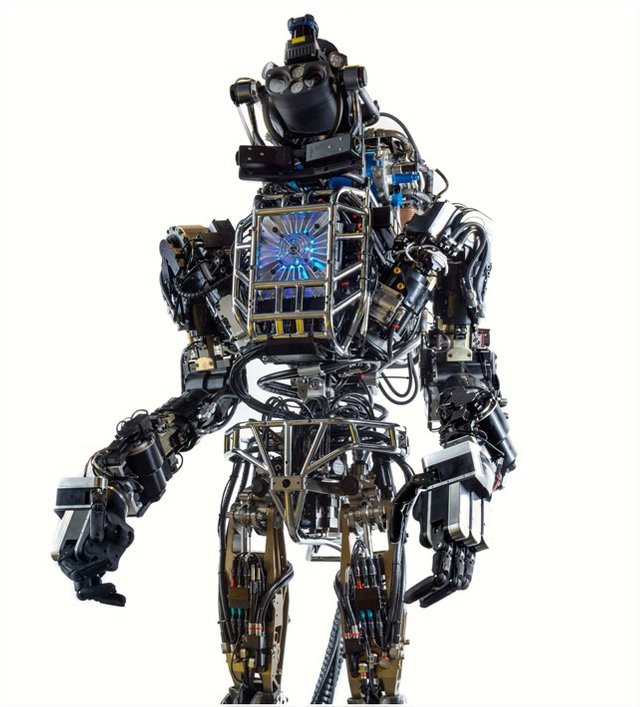
Thanks for playing ADDAX game.
$trendotoken
Congratulations @addax, you are successfuly trended the post that shared by @rycharde!
@rycharde got 0.10591200 TRDO & @addax got 0.07060800 TRDO!
"Call TRDO, Your Comment Worth Something!"
To view or trade TRDO go to steem-engine.com
Join TRDO Discord Channel or Join TRDO Web Site
Congratulations @rycharde! You have completed the following achievement on the Steem blockchain and have been rewarded with new badge(s) :
You can view your badges on your Steem Board and compare to others on the Steem Ranking
If you no longer want to receive notifications, reply to this comment with the word
STOPVote for @Steemitboard as a witness to get one more award and increased upvotes!
This post has been voted on by the SteemSTEM curation team and voting trail. It is elligible for support from @curie and @minnowbooster.
If you appreciate the work we are doing, then consider supporting our witness @stem.witness. Additional witness support to the curie witness would be appreciated as well.
For additional information please join us on the SteemSTEM discord and to get to know the rest of the community!
Please consider using the steemstem.io app and/or including @steemstem in the list of beneficiaries of this post. This could yield a stronger support from SteemSTEM.
Thank you very much. Been a while since I posted a long science article.